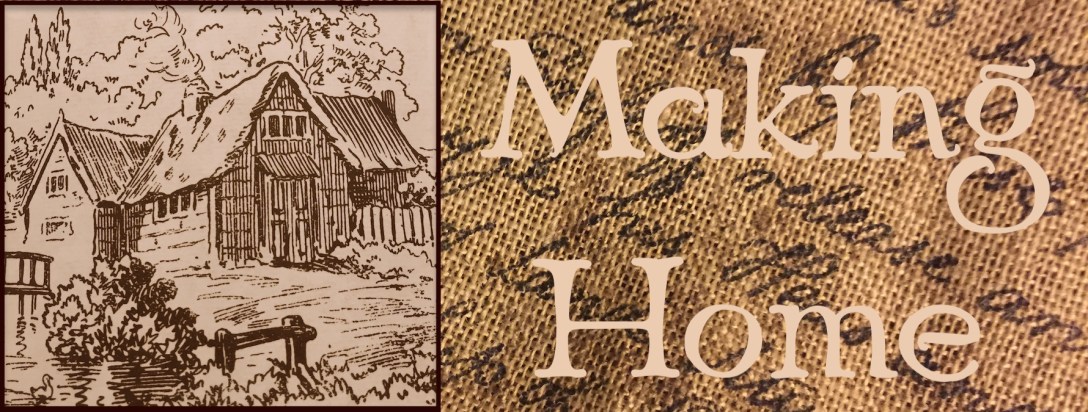Today is the last day that my part of the world will see more than nine hours of sunlight in a day. Nearly all plants need at least that much light to generate more energy than they use when active. Even in a greenhouse, growth will be negligible for the next few months, unless you spend quite a lot on grow lamps. Greenhouse plants and cold-adapted plants may not die back, but they will do very little, existing in a state that parallels animal hibernation. No new leaves, no extending stems, not much root growth. The plant is just maintaining. And nightshades won’t even bother with that much. Hot-house tomatoes are a struggle. The plants would prefer to just give up and let the next generation carry on when the sunlight returns. I’ve had potted chiles die for no apparent reason — even under grow lights. They don’t like being forced to grow in the dark months. Something to consider when contemplating urban gardening, especially the vertical, indoor varieties.
My cold frame greens and roots are all well underway. This slow down is actually a benefit for me because the greens won’t put effort into seed production; they won’t bolt on me like my spring greens did. They may not make big leafy heads either, but the small true leaves that they’ve already put out are actually more tasty — which means more nutritious also. The radishes and carrots will poke along and may not be ready for harvest until late in the winter. But since exactly nothing else is fresh at that time of year, these winter roots will be much appreciated.
And shortly after those first tidbits are done, the winter harvest in the main veg garden will get underway. “Winter” is a bit of a misnomer, since there won’t be much to harvest until around the vernal equinox, but still that’s much earlier than the rest of the garden will even be planted, never mind productive. There are beets, carrots, rutabaga, cabbages and fava beans under row cover. They’ve all passed the cotyledon stage, bearing true leaves, but only barely. They’ll probably not do much for the rest of the dark season, but they’ll also probably not die. Probably. I was worried there for a bit that they wouldn’t get out of plant infancy in time, that they wouldn’t have enough leaf surface available to even maintain themselves. But they seem happy. In fact, with this recent weird warm spell (that abruptly ended today), the fava beans got so vigorous, I’m going to have to watch them in January to make sure they aren’t putting out beans under the row cover..
Winter gardening is not very exciting, but then it’s also not that much work. Mostly my job is to keep the snow off the row cover, maybe water the cold frame now and again. I’ll have to do this with water from the kitchen sink, but since I built the frame just outside the kitchen door, it isn’t a great deal of hauling. In any case, there’s far less rushing about trying to get all the tasks done. The garden and I are on slow time now. Just resting and dreaming of spring.
I have homework for you. Find out when your last nine hour day happens. And then find out when sunlight lasts more than nine hours again in the spring. Time&Date is quite helpful in this project. The weeks of less than nine hours of sunlight are when you won’t be growing much of anything no matter how much time and effort — and resources — you pour into the project. So this is essential data. Even if you just want potted herbs on the windowsill, you’ll need to know the weeks that you ought not pick leaves off those plants because they’ll be mostly shut down and won’t grow new ones readily. So get out the calendar and block out those weeks. And then… be like a plant… hunker down and take a nap.
©Elizabeth Anker 2022



Huh less than 9 hours in Minneapolis is a lot later – December 3rd- and a lot earlier – January 9th – than I imagined it was. The cold and snow tricked me! Might have to re-think the whole overwintering garden thing.
LikeLiked by 1 person
That’s about what it would be here as well, if it weren’t ver-Mont… but the sun doesn’t clear the eastern mountains for about an hour after sunrise… and it drops behind the western mountains well before sunset, but those are shorter where I live. The rest of the world can just go by sunrise and sunset, but central Vermonters basically live in deep holes…
LikeLike
Mountains are one thing the midwest does not need to worry about 😀
LikeLiked by 1 person